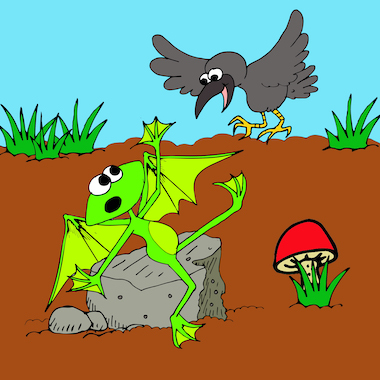Here’s a place to post stuff and things that may or may not be a weird deal.
Base 62 uses 10 numerals plus 26 lower case letters plus 26 upper case letters as digits like hexadecimal on steroids.
Base 62 represents the largest numbers with the fewest digits.
Is base 62 a weird deal.
What do you think may or may not be a weird deal.
